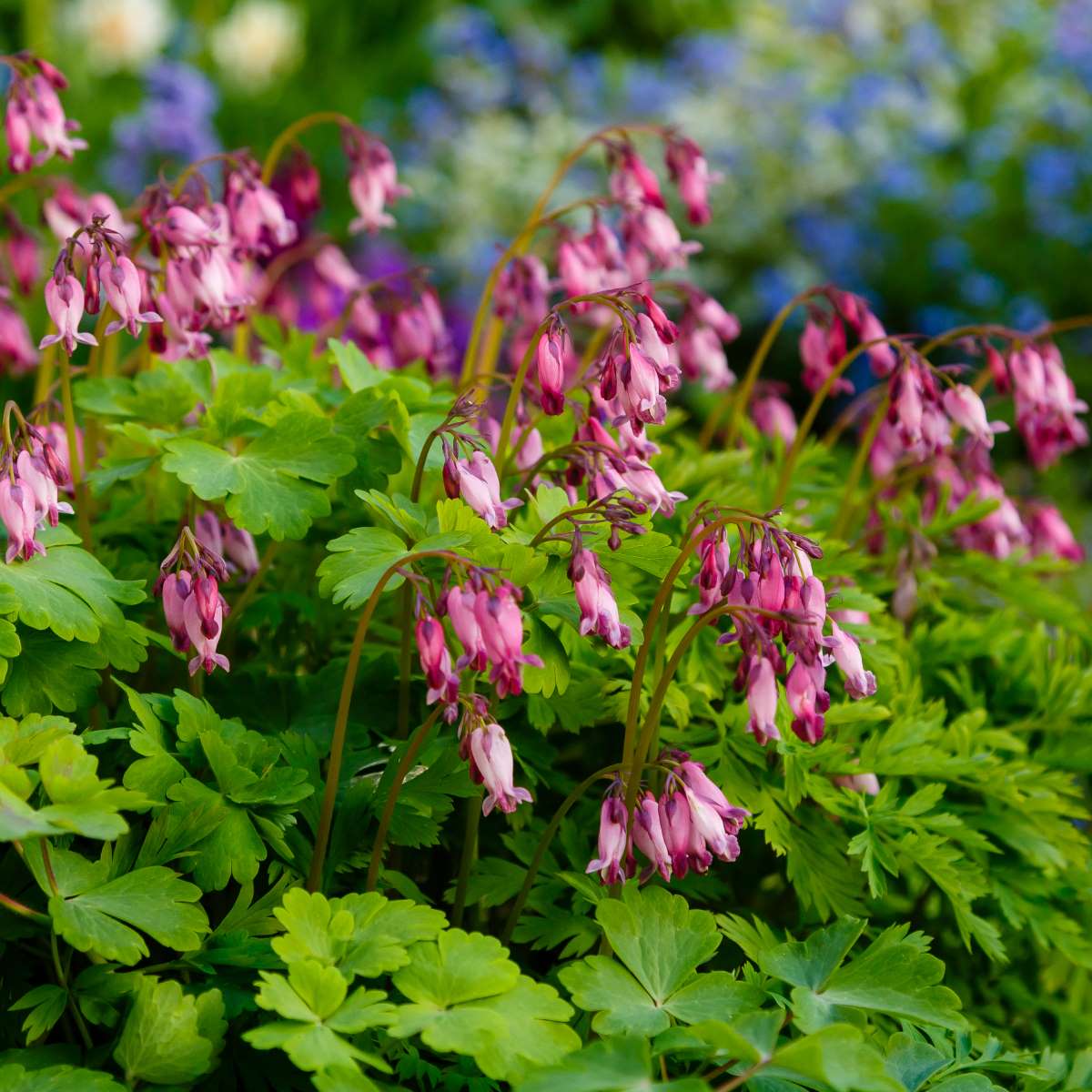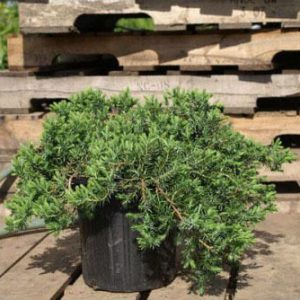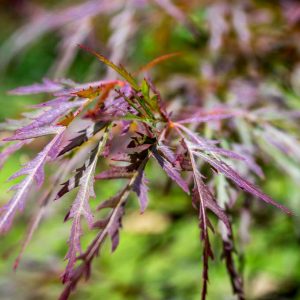Description
Dicentra – Bleeding Heart –
There are about 20 species of annuals and perennials, in this genus. They occur in Asia and North America, often found in moist habitats, including woodland, especially in mountainous areas. The perennial species may be rhizomatous or tuberous, or have fleshy taproots. The hairless, sometimes silvery gray leaves are fern like and much divided. Pendent heart shaped flowers, in red, pink, white, purple or yellow, are borne in panicles or racemes, often arching, or occasionally solitary borne in mid spring into early summer. Some species are excellent woodland plants or are useful shady border plants, the smaller species look best in a rock garden. All parts of the plant may cause mild stomach upset if ingested. Contact with the foliage may aggravate skin allergies.
Grow in moist, fertile, humus rich soil, preferably neutral or slightly alkaline, in partial shade. Divide carefully in early spring.
Prone to downy mildew, Verticillium wilt, viruses, rust, fungal leaf spot, slugs and snails.
D. formosa – D. eximia of gardens – Western Bleeding Heart – This wide spreading, rhizomatous perennial from Western North America grows 18″ tall and 12-36″ wide. It produces abundant, lobed, basal leaves, 6-20″ long, mid green above, glaucous beneath. In late spring and early summer it bears deep pink and red buds, borne high above the foliage in branching racemes, open to pink flowers, ½-1″ long, fading almost to white. Self seeds freely.
Zones 4-8





